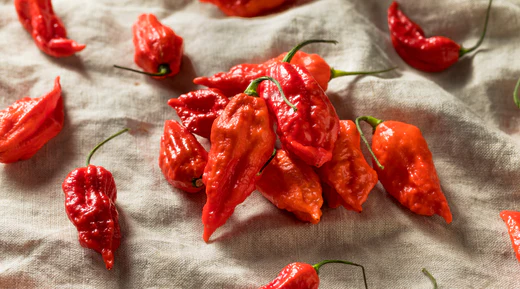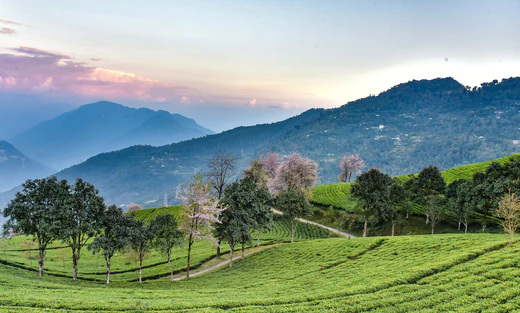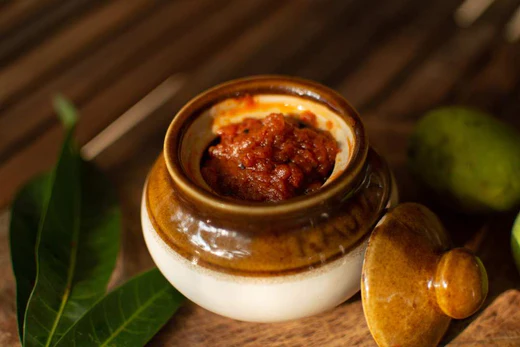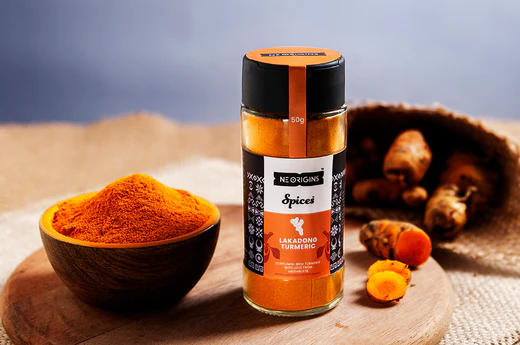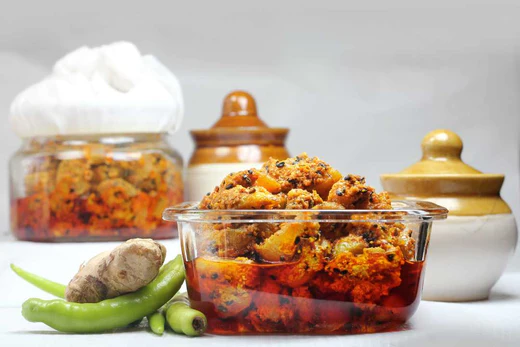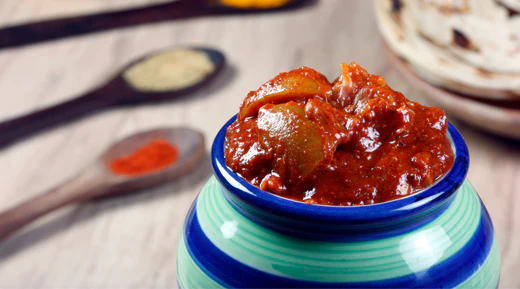This one’s for our extra spice lovers, for whom consuming a single chilli per meal is not enough; for those of us who just absolutely love sweating over chilli heat and for those of us who can crunch on the very first chilli of the day like it was nothing!! Chilli and spicy is what we live for.


People in the North East absolutely love chillies, absolutely is a small work for how intensely we are devoted to consuming chillies. The fact can be proved when and if you ever visit Darjeeling or Sikkim; you will rarely find a home that does not have a transparent jar of Dalle chilli pickle decorated o their kitchen cabinets. Dalle chilli is the second hottest chilli in the north east after Bhut Jolokia. Not a meal goes by without finishing 6-7 of these dalle chillies in a single sitting. I have personally seen people who choose to consume plain steaming rice and 2-3 dalle chillies with salt instead of eating lentils and vegetables with the rice. They even say that this is the best meal of their entire day and that just goes on to tell how much people here love chillies.

One can’t truly place their finger on exactly why it is that we have this obsession with chillies, but either it is the geography of the region or the general love for natural unprocessed foods that aren’t cooked too much, or just the fact that we were born this way to love chillies, or the major fact that two of the hottest chillies in the world and in India grow in North East India.
I do not know another region in India that consumes chillies as much as the north east does. A region that comes close to our chilli consumption is the south of India and then comes Rajasthan but no more comes to my mind.
What’s in a name? It’s the Hotness that counts

Did you know that the bhut jolokia stands in the third position for being the hottest chilli in the world? The bhut jolokia is known by many names depending on the region of north east it comes from, the most common name is the bhut jolokia of course but apart from that it is also known as Naga Morich, King Chilli, Raja Mircha, Bih jolokia, Nagahari, Raja chilli, Borbih jolokiai and ghost pepper. The Naga mirch is a GI Tag in the state of Nagaland in the year 2008. In the year 200 it entered the Guinness book of world records for being the hottest spice in the world.
The chilli is mostly found to grow in the North East of India, some places in Bangladesh and occasionally even in Sri Lanka. In the Assamese language “bhut” means Ghost which then followed suit in western countries where the chilli started to be called by the name of Ghost pepper or ghost chilli.
The name and its origin has many stories, one of which is that the Bhutia people in Sikkim started calling it Bhut possibly because the heat of the chilli slowly sneaks its way into the body just like a ghost. In Bangladesh the chilli is also known as the “snake” because of its wrinkly and bended shape and also because Naga in Sanskrit means “snake”.
Anatomy of the Chilli and its characteristics


The skin of the chilli is pretty thin and dented. The size of the chilli can measure from 5-6.5 inches in length. The shape is wrinkly and bended and is characterized by the ribs on the peel outside. The color of the chilli can differ from chilli to chilly, while the ripest of them all is bright red in color, they are also green with yellow spots, or some with brown and black coverage on one side with dark green on the rest of the chilli. Whatever the colour, the chilli definitely doesn’t disappoint in the hotness. The flavour is slightly fruity to taste apart from the unapologetic heat that you feel after swallowing the chilli; certain amount of fruitiness can be felt right at the beginning.
Talking of the second hottest chilli in the North East is the Dalle chilli from Darjeeling, Kalimpong and Sikkim. Now just because a chilli has just entered the market, doesn’t mean that it’s probably low on the hotness quotient. Dalle chilli has been firing up mouths of people and providing heat in the cold since centuries. The dalle chilli is tiny, its round, its bright red but it’s a shock when bitten.
Dalle got GI Tagged

The Tag for the chili was awarded on the 14th of September 2021 by the Department of Industry Promotion and Internal Trade, Ministry of Commerce and Industry. The talks of awarding the Tag had been going on since a long time and that had made the people of Sikkim, Darjeeling and Kalimpong pretty impatient, but now, we have all found solace knowing that the khursani without which a meal is incomplete in these regions, has been awarded the tag as we live and breathe.
Where does the craze for the Dalle Chilli come from?


For those of us who do not know a lot about the Dalle chili and what the hype is all about; the dalle chili is one of the most aromatic variant among all the hottest chilies in the world. The aroma of the dalle chili makes you want to take a bite right of the crunchy chili. However, it does not in any way mean that the chili is compensating in its hotness quotient. The hotness ranges anywhere from 1, 00,000 to 3, 50,000 SHU (Scoville heat Units), which is not the least mild if you know anything about chilies. The chili is also found in Nepal where they call the chili “Akbare”.
Health benefits to consuming this chilli


Dalle Khursani boasts an array of nutrients such as Vitamin A, E, and C potassium and anti-oxidant, it is low in sodium. A hundred grams of fresh dale Khursani has five times more vitamin C than the Oranges. The amount of vitamin C in the pepper makes it a rich source of anti-oxidants that can boost the immune system and build the collagen level of your skin. Small amounts of capsaicin, vitamin A and iron in the pepper aids with the circulatory system and also helps provide anti-inflammatory traits.
How to use this chilli?

The only method of preservation that this chilly undergoes is pickling and eaten with traditional food. It can also be preserved with the radish, bamboo shoot, with the yellow peas. The chili is best eaten with a good helping of plain steamed rice, lentils and vegetables. We also use the oil that the dalle chili is immersed in, to spread it on snacks and add a little spicy and aromatics to the snack. The dallaes are also made into a paste like dips for meat momos (dumplings).

Spice is a universal language and you do not need to be from mars to understand when someone asks for some more chill; you just simply hand them another ripe Dalle or Bhut jolokia. For you lovers of Spicy with a numbing tolerance to this bombastic gift from nature, we have a really long range of products made in combination with or simply without using the Bhut Jolokia or the Dalle chilli on NE Origins. Next time you want to order the hottest chilli in India, log into the NE Origins website and get your jar of spice without any hassle. We only have the most organically grown uber spicy and super delicious Chillies for you.

